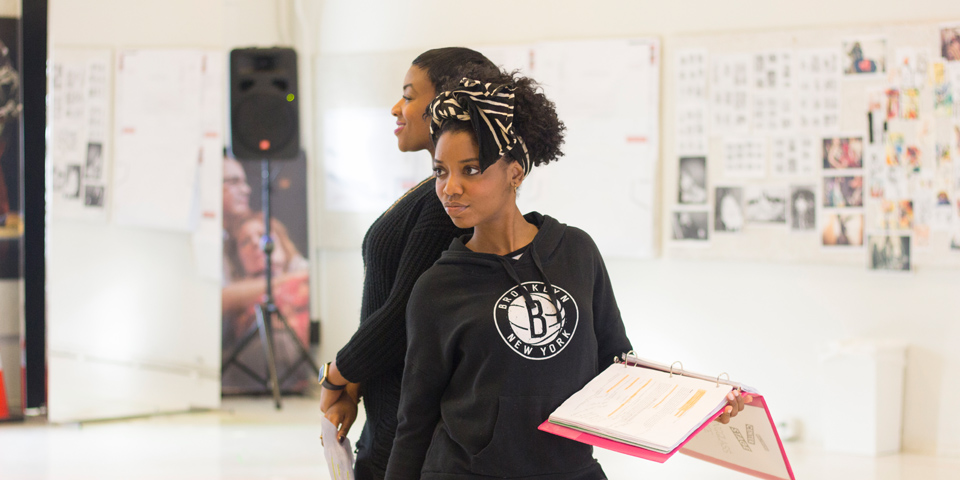
Alice: Of Our Moment
By Rebecca Adelsheim, The Judy & Scott Phares Dramaturgy Fellow
In 2015, Alice’s Adventures in Wonderland celebrated 150 years of publication. From academic Oxford to the revolutionary 2018 Pirelli calendar, Alice’s fantastical journeys down the rabbit hole and through the looking-glass have captivated readers, filmmakers, artists, and fashion designers, keeping the Alice stories an indefatigable part of our cultural imagination. Alice and the continuum of her reincarnations and reimaginings act as transformative framework, reflecting back our current cultural moment and anxieties.
Alice in Wonderland was born on a boating expedition when Charles Dodgson (Lewis Carroll) invented a story about Alice and her adventures in a fantastical world underground. After Alice Liddell, the story’s namesake, insisted that Dodgson write the tales down, he moved the setting from underground to Wonderland and spent the next decade crafting Alice’s Adventures in Wonderland (published 1865) and Through the Looking-Glass and What Alice Found There (published 1871), both embellished by famed illustrator John Tenniel.
At the time of publication, Alice both revolutionized children’s literature and reflected a restricted Victorian society at the precipice of change. With the Industrial Revolution gaining steam, London society was preoccupied with modernizations like a new subway system where, according to historians, “imagination could ‘run wild,’ and indulge a ‘passion for dreaming.’”
Technological changes brushed up against a society desperately clinging to old, stringent ways of life, codified in Victorian behavior. From this cultural tension emerges Alice—a child at the precipice of adolescence embracing Wonderland, a world full of imagination and free of Victorian constraints.
Using Carroll’s stories as a framework, the now-popular 1951 Walt Disney adaptation transforms the Tenniel line drawing of Alice into a modern animation. This full-color romp reflected 1950’s post-war anxieties. In this adaptation, Alice is a weaker, easily thwarted version of the intelligent, inquisitive Victorian child. She narrowly escapes death by the Queen of Hearts to discover that she was just dreaming through the adventure. The strong moralizing message to accept the status quo reflects a post-war society that sent women away from their wartime jobs and tried to force them back into homemaking. Though there are departures in setting, structure, and morals, Disney returns to an Alice living at the border of change in a society trying to maintain old practices despite a world charging forward.
Alice has continued to reverberate in nearly every medium from stained glass windows to graphic novels. Despite tone changes—the 2010 Tim Burton film adaptation of Alice in Wonderland is notoriously dark—setting adaptations, and other variances, Alice continues to act as a mirror for social anxieties.
How then does Alice transform again in turbulent 2017? We see a hint of this in the early release photos of the 2018 Pirelli Calendar. Alice for the first time is a Black woman surrounded by an entirely Black fantasy world. As photographer Tim Walker told the New York Times: “This is not about trends, this is about the zeitgeist today […] I think we are living in a fantastically exciting time, particularly when a story like that of Alice, that has held such resonance with so many people and been told in a certain way for so long, can now be told compellingly in another.”
Lookingglass Alice is part of the continued reverberations of a celebrated icon. Still caught in the tension between change and familiarity, she is now a young woman defiantly part of our current political and cultural moment.



